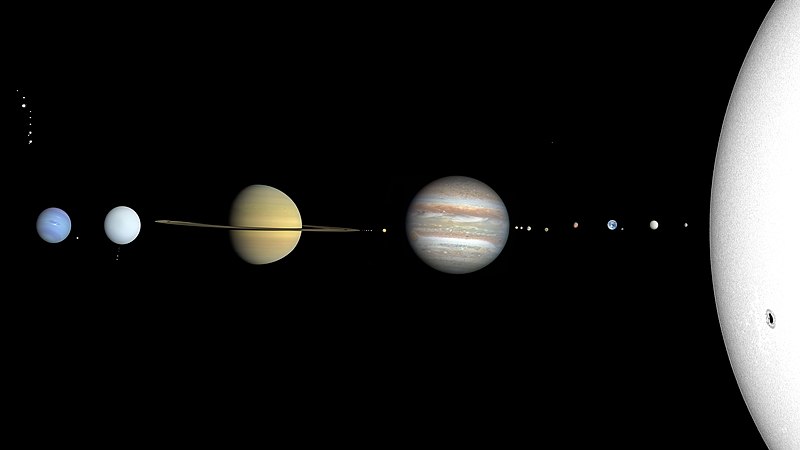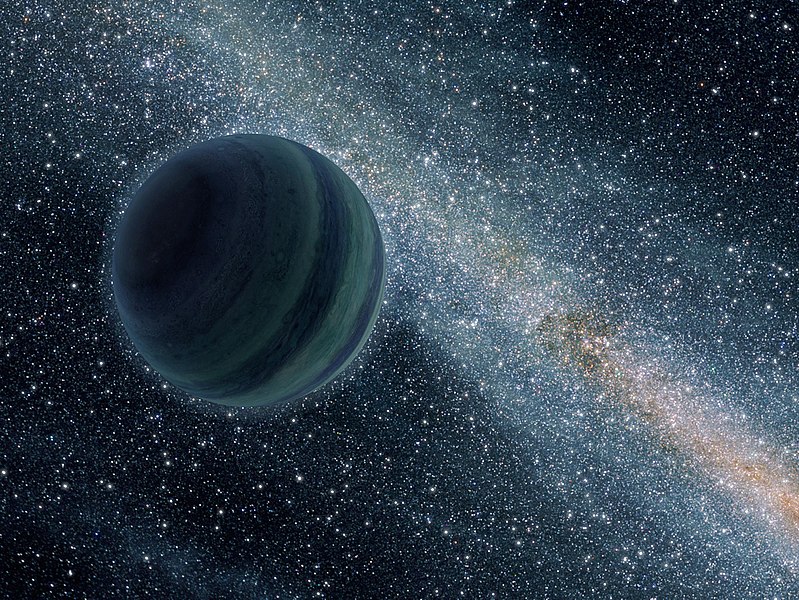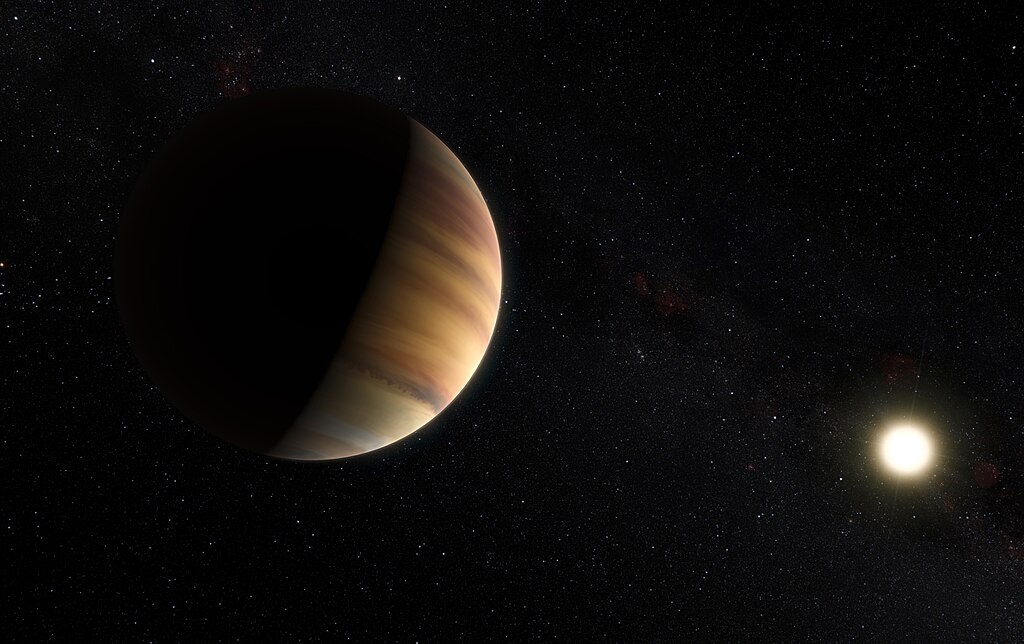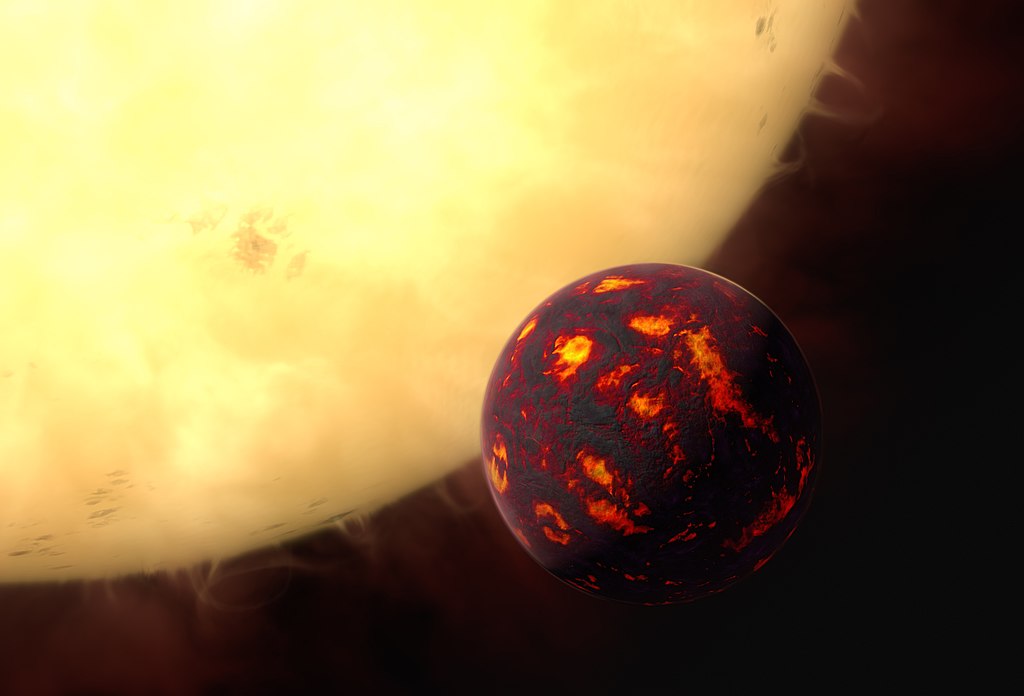The vast expanse of the universe captured the imagination of humankind. Adults and kids alike became fascinated by the multifold mysteries of the heavens. The possibility of extraterrestrial life has become an enticing topic for everyone. Exploring beyond the boundaries of our solar system led to many discoveries, and among the most significant ones is the discovery of celestial bodies called exoplanets.
An extrasolar planet, often called an exoplanet, is a planetary body outside the solar system, usually orbiting a star other than the Sun. They have ignited the imagination of experts with different insights into the diversity of planetary systems and the potential for life beyond Earth. Exoplanets include the same elements as the planets in our solar system, but the mixture of these elements can be different. Some worlds may be dominated by iron or carbon, while others are dominated by water or ice.
Discovery of Exoplanets
The first exoplanets were discovered in the 1990s, and since then, scientists identified thousands of them using different detection methods. It’s rare for astronomers to see an exoplanet through their telescopes like you can see Saturn through a telescope from Earth, but discoveries come to light with technological advances. The first detection confirmed by experts of an exoplanet occurred in 1992, marking a watershed moment in our understanding of the cosmos. The discovery of a gas giant closely orbiting its parent star called 51 Pegasi b demonstrated that planets could exist beyond the confines of our solar system.
More than 5000 exoplanets have been confirmed. Some are massive, like Jupiter, but orbit closer to their host star. Others are rocky or icy, and many have no analogs in our solar system. Some systems host more than one planet, a planet orbiting two stars, and some planets may even have the right conditions for stable water on their surfaces.
Most exoplanets are found using different methods; the most common is an indirect one by
measuring the opacity of a star passing in front of a planet, known as a transit method, or monitoring a star’s spectrum for signs that a world is dragging its star and Doppler subtly change its light. Space telescopes have found thousands of worlds by observing “transitions,” the dimming of a star’s light as its smaller planet passes between it and their telescopes. Other detection methods include gravitational lensing, called the wobble method.
Characteristics of Exoplanets
Exoplanets come in different sizes, compositions, and orbital characteristics. They are often classified into several classes based on their properties. They can be hot enough, easy to boil, or locked in a deep freeze. They can orbit their stars so closely that a year lasts only a few days, and some can orbit two suns simultaneously.
1. Size and Mass
Exoplanets can vary significantly, from smaller than Earth (terrestrial planets) to much larger (gas giant planets). Their masses are usually measured in terms of Earth masses or Jupiter masses.
2. Composition
Exoplanets can be made of different materials, similar to the planets in our solar system. They can be rocky (like Earth and Mars), mostly gaseous (like Jupiter and Saturn), or a combination.
3. Temperature
The temperatures of exoplanets can vary widely depending on their distance from their host star, the composition of their atmospheres, and other factors. Some exoplanets are in the habitable zone of their star, where
4. Diversity
The discovery of exoplanets has revealed a remarkable diversity of planetary systems. Some exoplanets are part of a multi-planet system, while others are “rogue” planets not attached to any stars. Some exoplanets have highly elliptical orbits, while others have nearly circular orbits.
5. Tidal Effects
Exoplanets orbiting their host stars can experience tidal solid forces, leading to tidal warming, affecting their internal structure, geological activity, and living capacity.
Discovered Exoplanets
Here are some of the famous exoplanets discovered by astronomers:
1. Kepler-186f
Kepler-186f is the first rocky planet found in the habitable zone. NASA’s Kepler Space Telescope discovered it. It became fascinating because it is believed to be one of the first Earth-sized exoplanets found in the habitable zone of its own host star.
2. HD 209458 b (nickname “Osiris”)
This is the first planet to be seen in transit (passing its star) and the first to have its light directly detected. The discovery of transit HD 209458 b suggests that transit observations are possible and opens up a new field of exoplanet characterization.
3. Kepler-11 system
This exoplanet is a compact solar system discovered, revealing that a system can be tightly packed within the orbit of Mercury and still be stable with at least five planets.
4. Kepler-16b
Kepler-16b is an exoplanet located in the Kepler-16 system, gaining attention for being one of the first exoplanets discovered in a binary star system, meaning it orbits two stars.
5. 51 Pegasi b
This massive planet, which has half the mass of Jupiter and orbits every four days in its star, is the first confirmed exoplanet orbiting a sun-like star; a discovery has opened up a whole new scientific field of discovery.
6. CoRoT 7b
The first super-Earth was identified as a rocky exoplanet, which proved that Earth-like worlds could indeed exist, and the search for habitable worlds (rocky planets) in the habitable zone) may have results.
7. Kepler-22b
Kepler-22b is an exoplanet that orbits within the Sun-like star’s habitable zone.
8. Kepler-10b
Kepler-10b is an exoplanet that orbits the star Kepler-10, located about 560 light-years from Earth in the Draco constellation. The first rocky planet discovery is scorched, Earth-size world scientists believe may have a lava ocean on its surface.
9. Kepler-444 system
The oldest known planetary system has five Earth-sized planets, all with orbital resonances. This strange group has shown that solar systems have formed and existed in our galaxy for most of their existence.
10. 55 Cancri e
It was discovered in 2004 and is one of the first known super-Earths (exoplanets with masses larger than Earth’s but smaller than Neptune’s) orbiting a Sun-like star.
Conclusion
The discovery and study of these distant worlds have expanded our understanding of the universe and the potential for life beyond Earth. It revolutionized our knowledge of the universe, showing that planets are common and can exist in various environments around different types of stars. Scientists continue to study exoplanets to learn more about their atmospheres, composition, and habitability.





